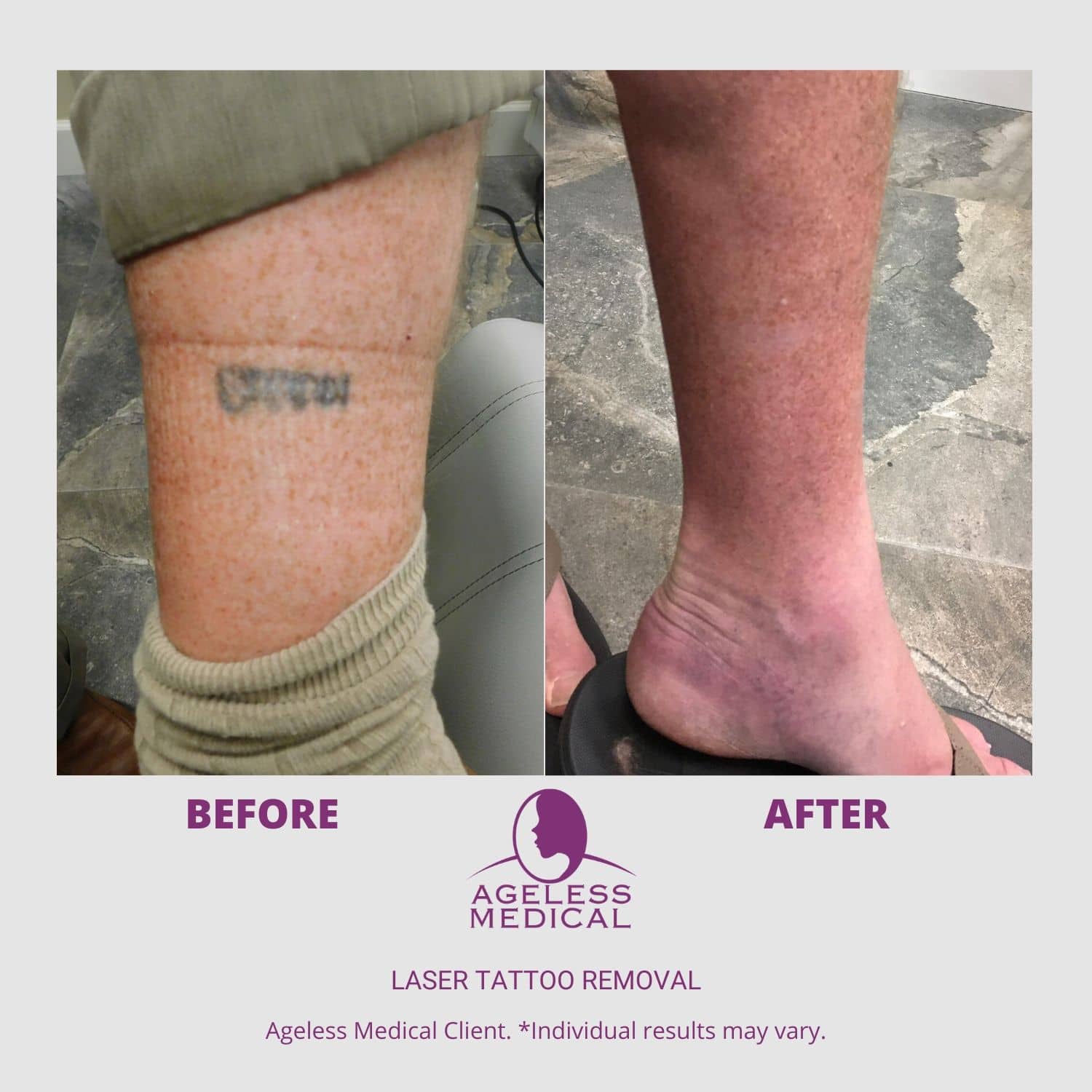

Having a tattoo on a scar can be a frustrating experience. It might be a reminder of a painful past or simply a design that no longer fits your aesthetic. Thankfully, laser tattoo removal can be an effective solution, even on scarred skin. But understanding the nuances of this process is crucial for informed decision-making.
How Laser Tattoo Removal Works on Scars:
The process involves using a laser to break down the tattoo pigment into smaller particles that your body can naturally absorb. While the principle is the same for all skin types, scars pose unique challenges. Scar tissue is often denser and less vascular than healthy skin, which can make pigment removal more difficult and potentially less effective.
Factors Influencing Success:
Scar type: Keloid scars, which are raised and thick, are more challenging to treat than flat, atrophic scars.
Tattoo color: Darker colors like black and blue are generally easier to remove than lighter colors like yellow or green.
Tattoo depth: Deeper tattoos require more laser sessions for complete removal.
Individual healing capacity: Your body's ability to heal and absorb pigment plays a role in the success of the treatment.
Potential Risks and Considerations:
Increased sensitivity: Scar tissue can be more sensitive to pain and heat, making the procedure less comfortable.
Hypopigmentation or Hyperpigmentation: Changes in skin color can occur around the treated area, resulting in lighter or darker patches.
Increased scarring: In some cases, laser treatment can worsen existing scarring.
Longer recovery time: Healing can be slower on scarred skin.
Tips for Choosing a Qualified Professional:
Look for a dermatologist or plastic surgeon with experience in laser tattoo removal on scarred skin.
Discuss your specific scar type and tattoo characteristics with the provider.
Ask about their experience, success rates, and the specific laser technology they use.
Request a consultation to discuss your goals and receive personalized advice.
Conclusion:
Laser tattoo removal on scars is possible, but it requires careful consideration and a qualified professional. Understand your specific scar type, tattoo characteristics, and potential risks to make an informed decision. Discuss your goals openly with your provider to ensure the best possible outcome for your unique situation.


0 comments:
Post a Comment